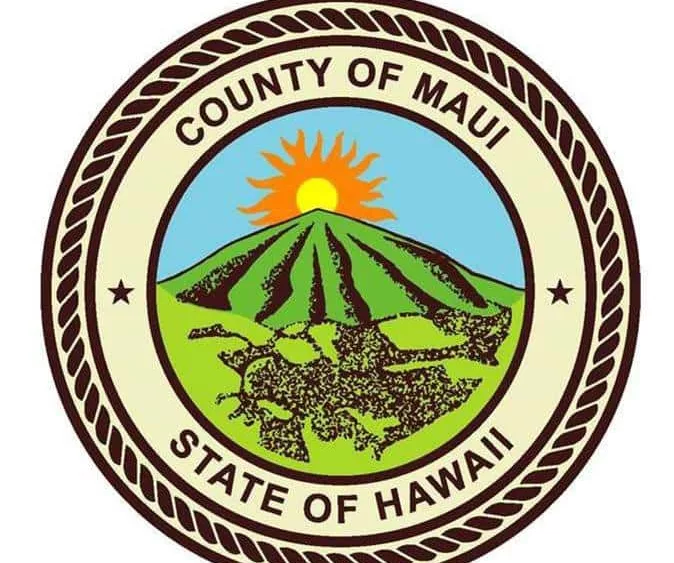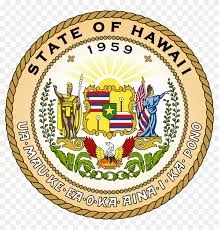The Hawaii State Department of Health says state and county officials and private-sector partners have already prepared a preliminary plan to implement a COVID-19 vaccination program in the state. More than 150 stakeholders representing more than 90 organizations gathered late yesterday to kick off their vaccination work groups.
The vaccination plan, which is based on guidance from the Centers for Disease Control and Prevention, is intended to reduce COVID‐19‐related illnesses, hospitalizations, and deaths. No vaccine for COVID-19 is available now. But Health and Human Services Secretary Alex Azar said Wednesday that at least one COVID-19 vaccine should be available as soon as the end of this year, and the general public should be able to get vaccinated by early spring. However, State officials acknowledge that initially, the supply of the vaccine will be limited, at least until early 2021. Kaiser Health News is reporting that members of the Federal Operation Warp Speed, designed to speed the development of a vaccine, said they expect that all people in the U.S. could be vaccinated by June, 2021.
Gov. David Ige said today “Epidemiologists who study immunity say at least 60% to 70% of the population need to have immunity to a virus to break the chain of transmission. Vaccinations can help accelerate immunity in our community so we want Hawai‘i to be fully prepared and ready to implement our vaccination plan as soon as a viable vaccine that is safe and effective becomes available. The impact of our vaccination program and its effectiveness in managing the disease will largely depend upon our ability to allocate and administer the vaccine effectively and efficiently. This is as important as the vaccine itself.”
Lt. Gov. Josh Green said the State is still refining the vaccination plan. “It will require extensive outreach and education to healthcare providers and their patients. Everyone’s kokua is critical to the success of the vaccination plan, so we must make sure everyone’s roles and responsibilities are clearly defined.”
Since there will initially be limited vaccine supplies, the vaccine will be made available in the following priorities:
- The first group includes high-risk healthcare employees at hospitals, nursing homes or are engaged in home care, and others involved with direct patient care; first responders who have high risk for COVID-19 exposure; and Hawaii residents of all ages who have underlying health conditions, including those 65 and older who live in congregate settings are also included in this first group.
- The second priority group includes K-12 teachers and school staff as well as those in essential industries; those with underlying health conditions that put them at moderately higher risk; people in homeless shelters or group homes with physical or mental disabilities and workers who serve them; people in prisons, jails, detention centers, and similar facilities, and staff who work in these settings; all adults age 65 and older also fall within this second priority group.
- The third priority group are young adults 18 to 22 years old and children, from newborn to 17 years old; employees in industries or occupations not in the previous groups that are considered essential but face increased risk of exposure.
- The fourth group includes all Hawaii residents who did not fall in any of the other priority groups
Vaccines must be safe and effective. Today, the FDA Advisory Committee on Vaccines met to discuss safety precautions, distribution priorities, concerns, and more. The meeting video is here.
“A COVID-19 vaccination has been presented as our ticket to better health and restoration of a sense of normalcy,” said Dr. Elizabeth Char, director of health. “But it’s incumbent upon the Department of Health’s Disease Outbreak Control Division Immunization Branch and our partners to lead this initiative and make sure we get this right, starting with using a safe and effective, FDA-approved vaccine.”
Char noted that an effective rollout will also be dependent upon “ancillary supplies” such as syringes, needles, and appropriate Personal Protective Equipment.
The Department of Health plans to use various kinds of educational tools.
To view an executive summary of the State of Hawai‘i’s draft COVID-19 vaccination distribution plan go to: https://hawaiicovid19.com/vaccine-plan.





